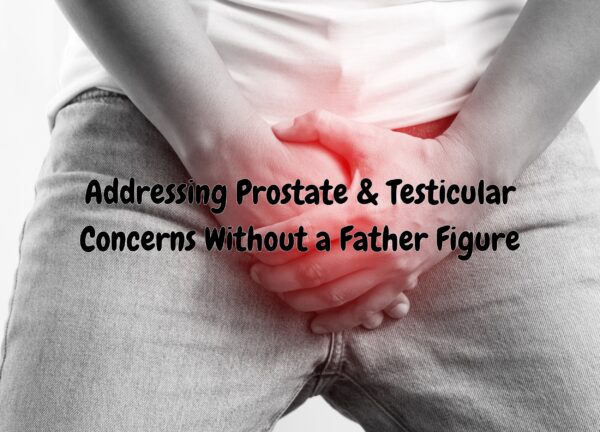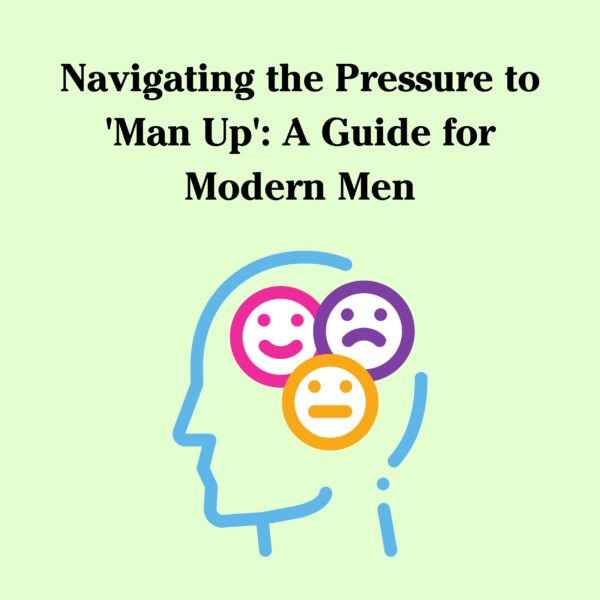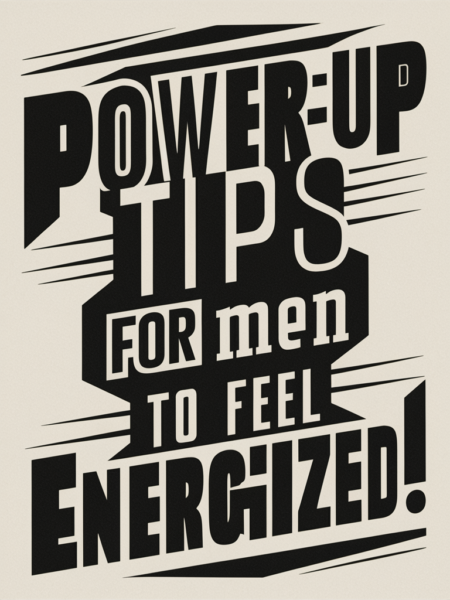Balding. Just the word alone can send shivers down the spine of many men. It’s like that uninvited guest that shows up at your doorstep, reminding you of the relentless march of time. Hair has been a symbol of virility and masculinity for ages. Many of us grew up idolizing figures with luscious locks, from rockstars to movie heroes. So, it’s entirely understandable that the mere hint of a receding hairline can have us scrambling for answers and solutions.
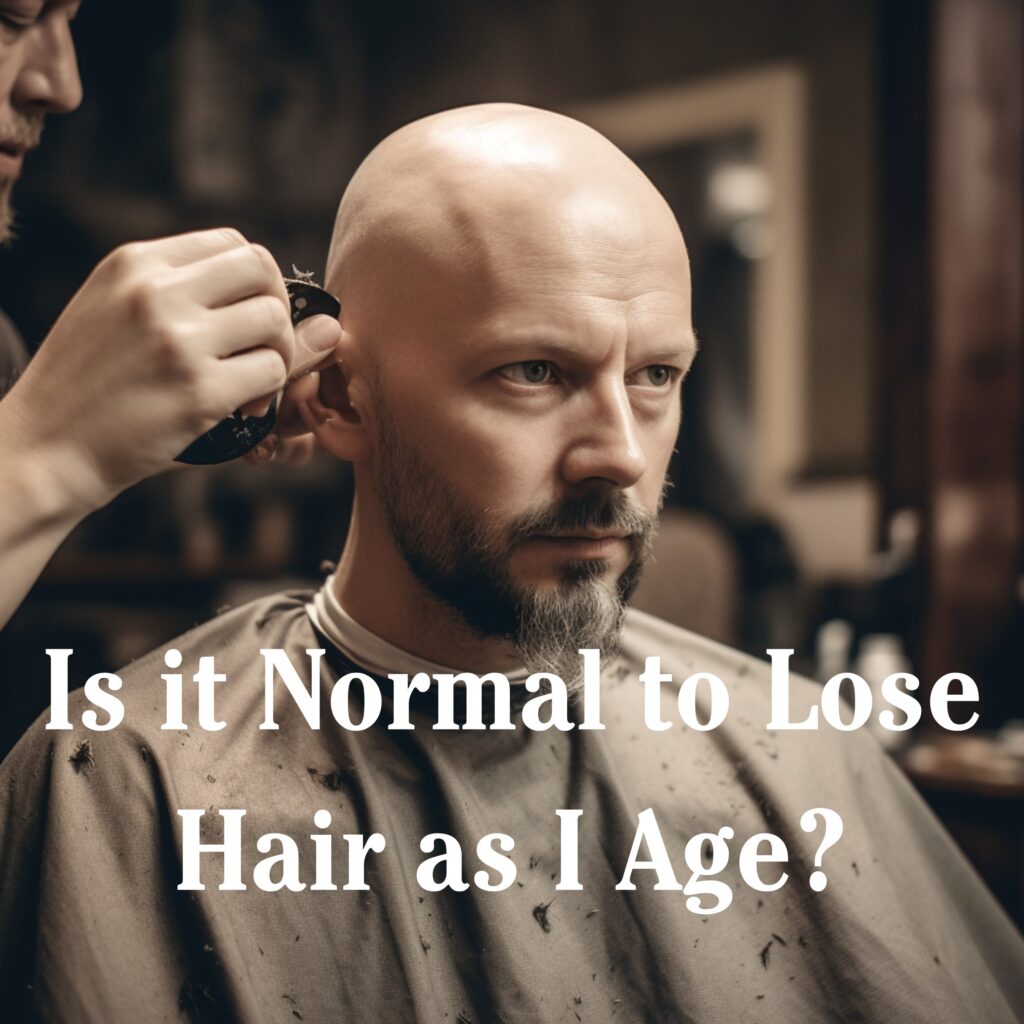
Hair Loss: A Common Male Experience
Let’s cut to the chase. Is it normal to lose hair as we age? In a word, yes. In fact, the American Hair Loss Association states that two-thirds of American men will experience some degree of appreciable hair loss by the age of 35. By 50, that number rises to 85%. But why is this so common?
The primary culprit is male pattern baldness (scientifically known as androgenetic alopecia). This is a hereditary condition that affects many men as they age. It’s caused by a combination of genetics and the male hormone dihydrotestosterone (DHT). Over time, hair follicles sensitive to DHT begin to miniaturize, leading to shorter and finer hair until, eventually, the follicles don’t produce hair at all.
The Emotional Toll of Hair Loss
For many men, hair loss isn’t just a cosmetic issue; it’s an emotional one. Our hair is tied to our identity, our youth, our vigor. It’s often how we express ourselves, from the styles we choose to the way we comb it. Losing it can feel like we’re losing a part of ourselves. Feelings of insecurity, low self-esteem, and even depression can creep in. It’s crucial to remember that these feelings are natural. It’s also essential to know you’re not alone in this journey.
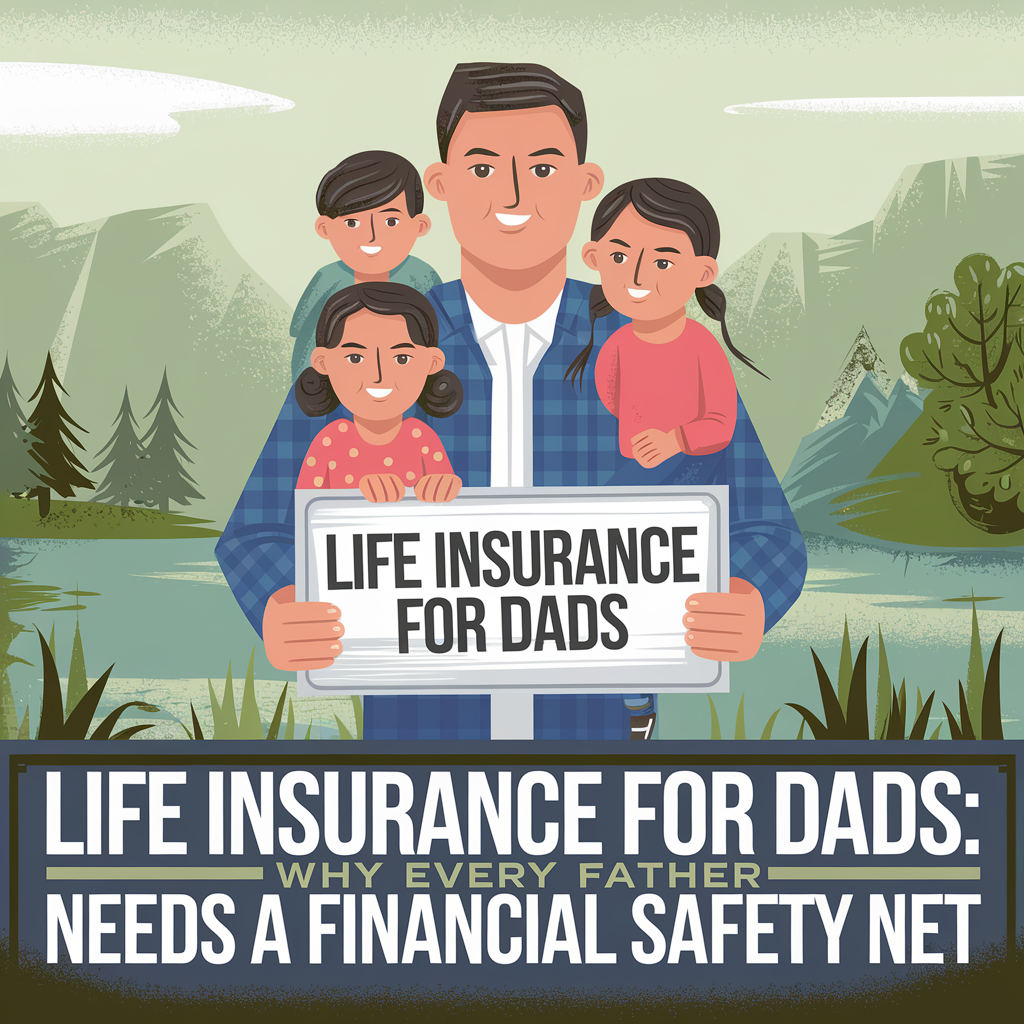
Busting Hair Loss Myths
With hair loss being such a prevalent concern, myths and misconceptions abound. You might have heard that wearing hats can cause baldness, or that washing your hair too often is the culprit. Most of these are just that: myths. It’s essential to differentiate between fact and fiction and consult with dermatologists or hair experts when in doubt.
Taking Control: Options for Addressing Hair Loss
The good news is that in today’s world, there are more options than ever to address hair loss:
- Over-the-Counter Treatments: Products containing minoxidil, like Rogaine, have been around for years and can help stimulate hair growth in some men.
- Prescription Treatments: Finasteride, sold under brands like Propecia, is an oral medication that can slow hair loss and even promote regrowth for some.
- Hair Transplants: Advances in medical technology mean that hair transplants are more effective and less noticeable than ever.
- Natural Remedies: Some swear by remedies like biotin supplements or saw palmetto, though scientific evidence can be mixed.
Before starting any treatment, it’s crucial to consult with a healthcare professional. What works for one person might not work for another, and there can be side effects to consider.
Embracing the Bald: Rocking the Shaved Look
For some men, the solution isn’t about regrowing hair, but about embracing the bald look. Celebrities like Dwayne “The Rock” Johnson and Jason Statham have shown that bald can be synonymous with strong, confident, and charismatic. Plus, it can save you a ton on shampoo!

Beyond the Hair
Ultimately, hair is just one part of who we are. While it’s natural to mourn its loss or feel frustrated by thinning strands, it’s essential to remember that our value isn’t determined by our hairline. Aging is a part of life, and every stage brings its own set of challenges and rewards. Whether you’re sporting a full mane, a receding hairline, or a shiny bald dome, remember that your worth isn’t found on your head, but in your heart, your actions, and how you treat others.
As an Amazon Associate we earn from qualifying purchases through some links in our articles.

